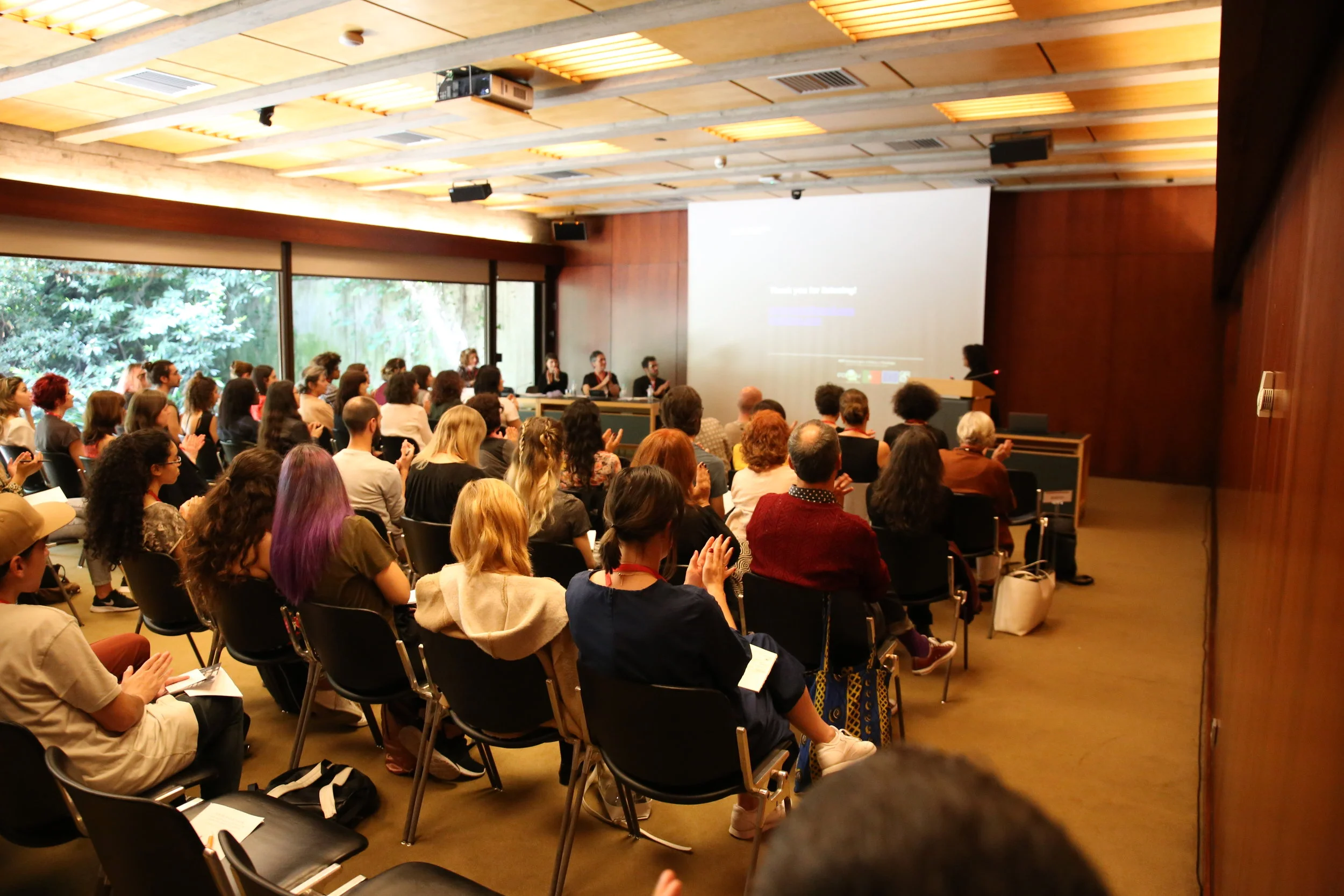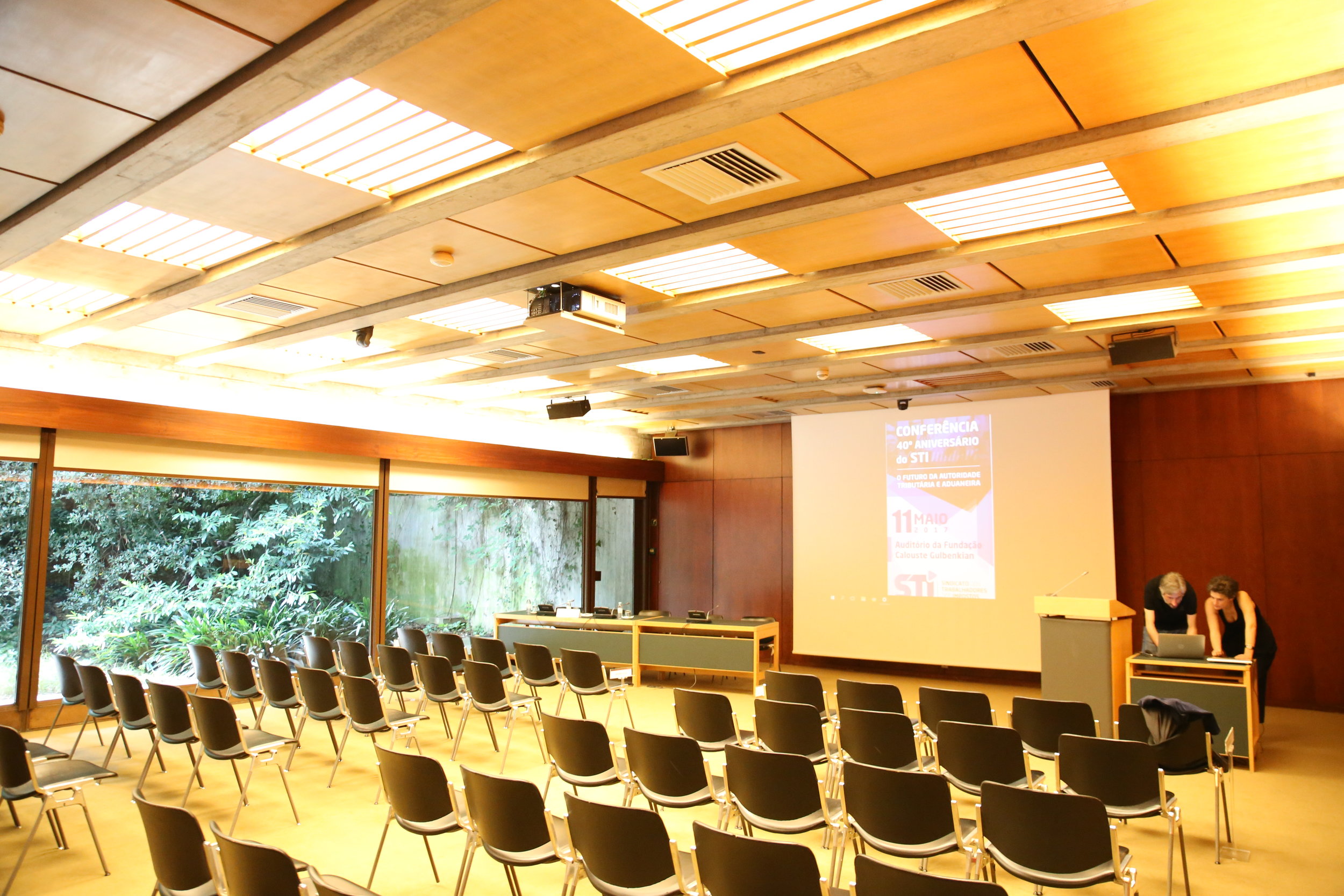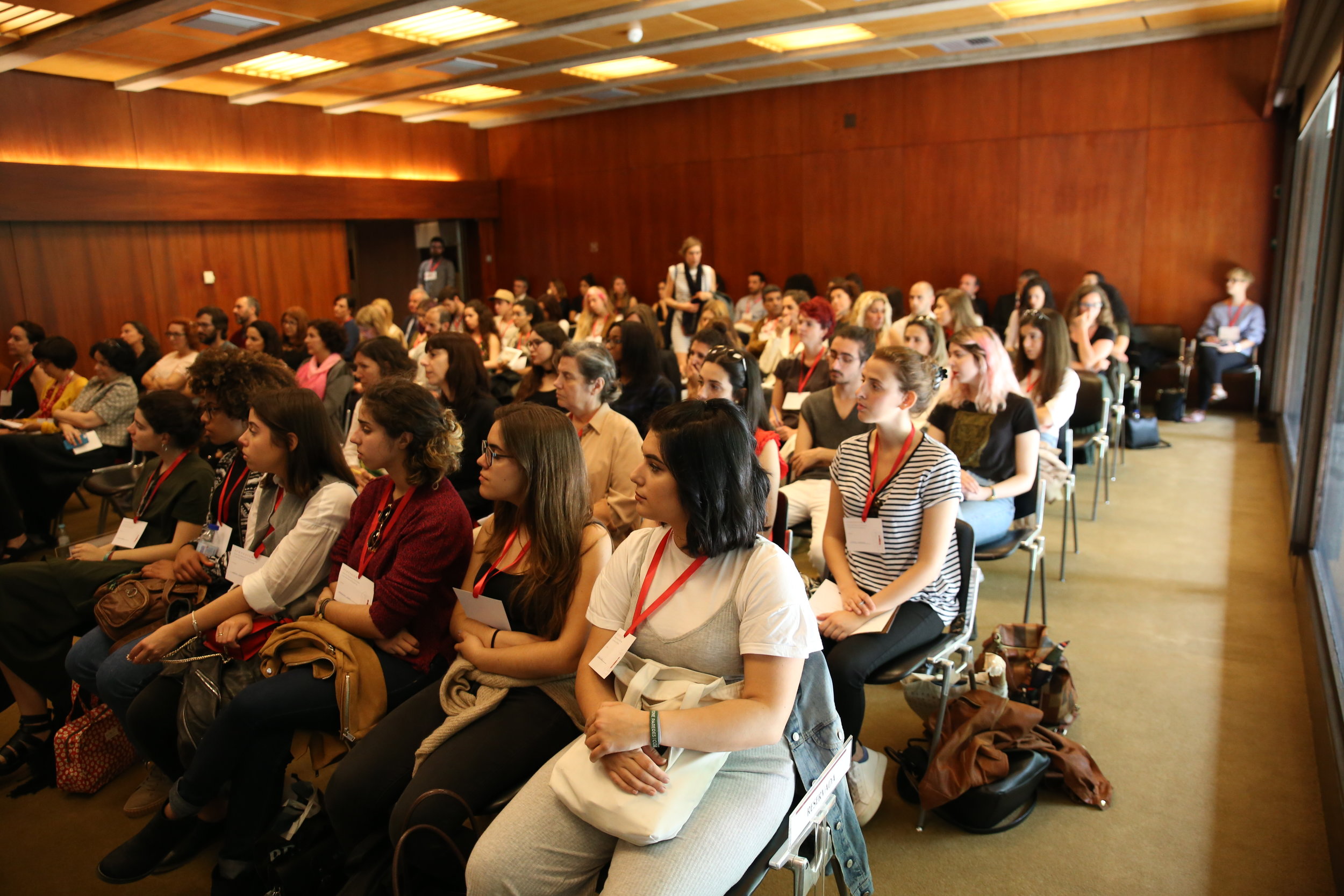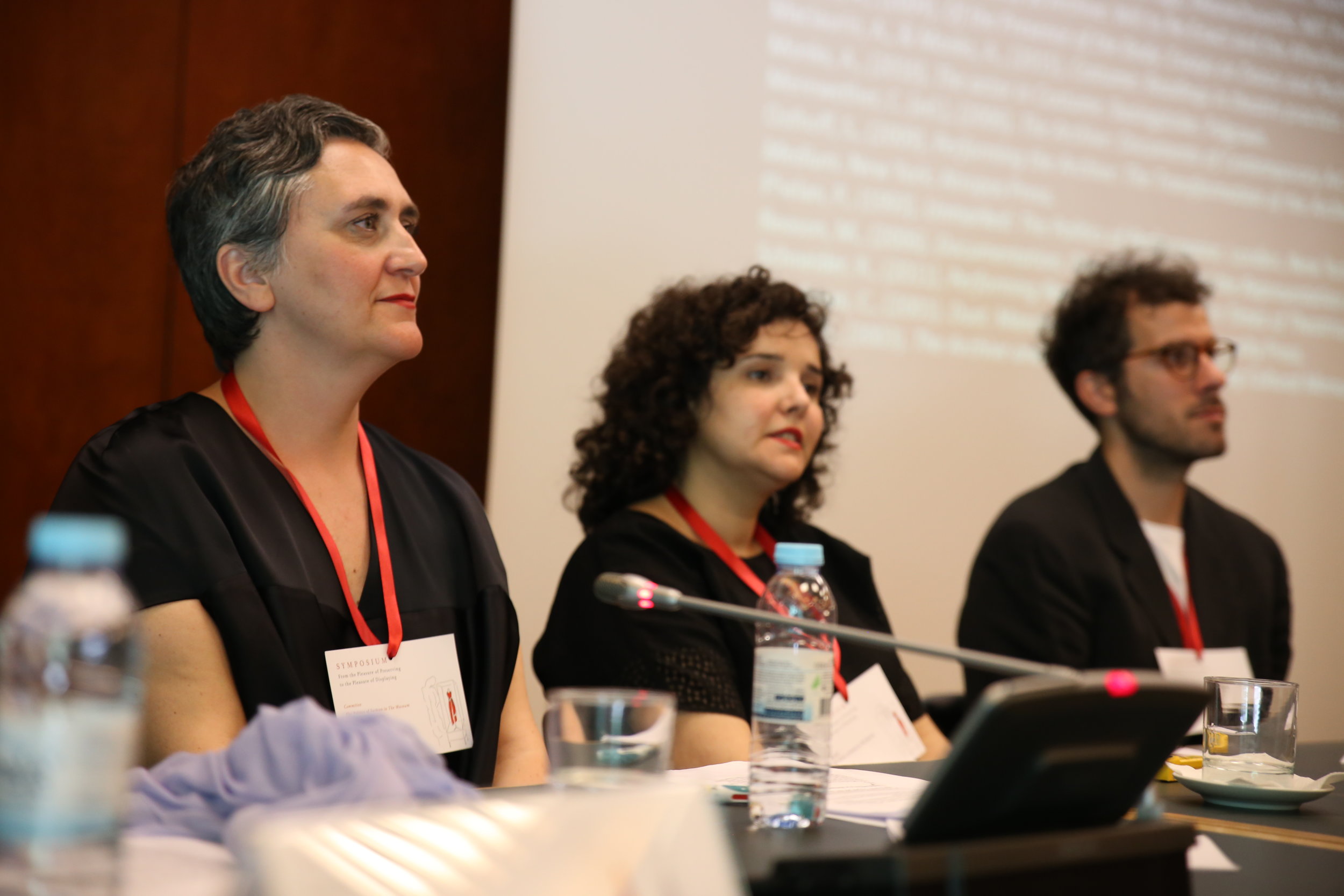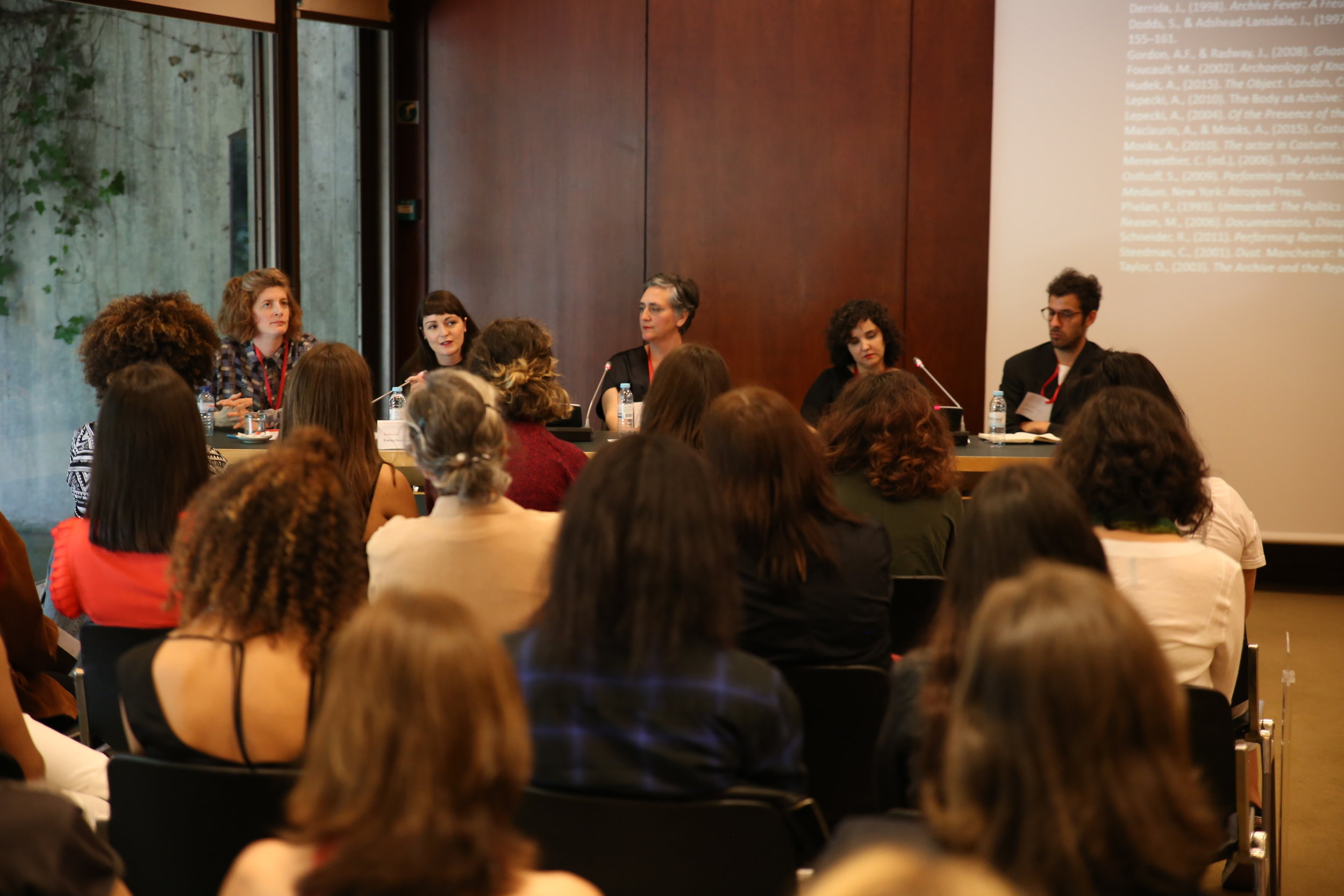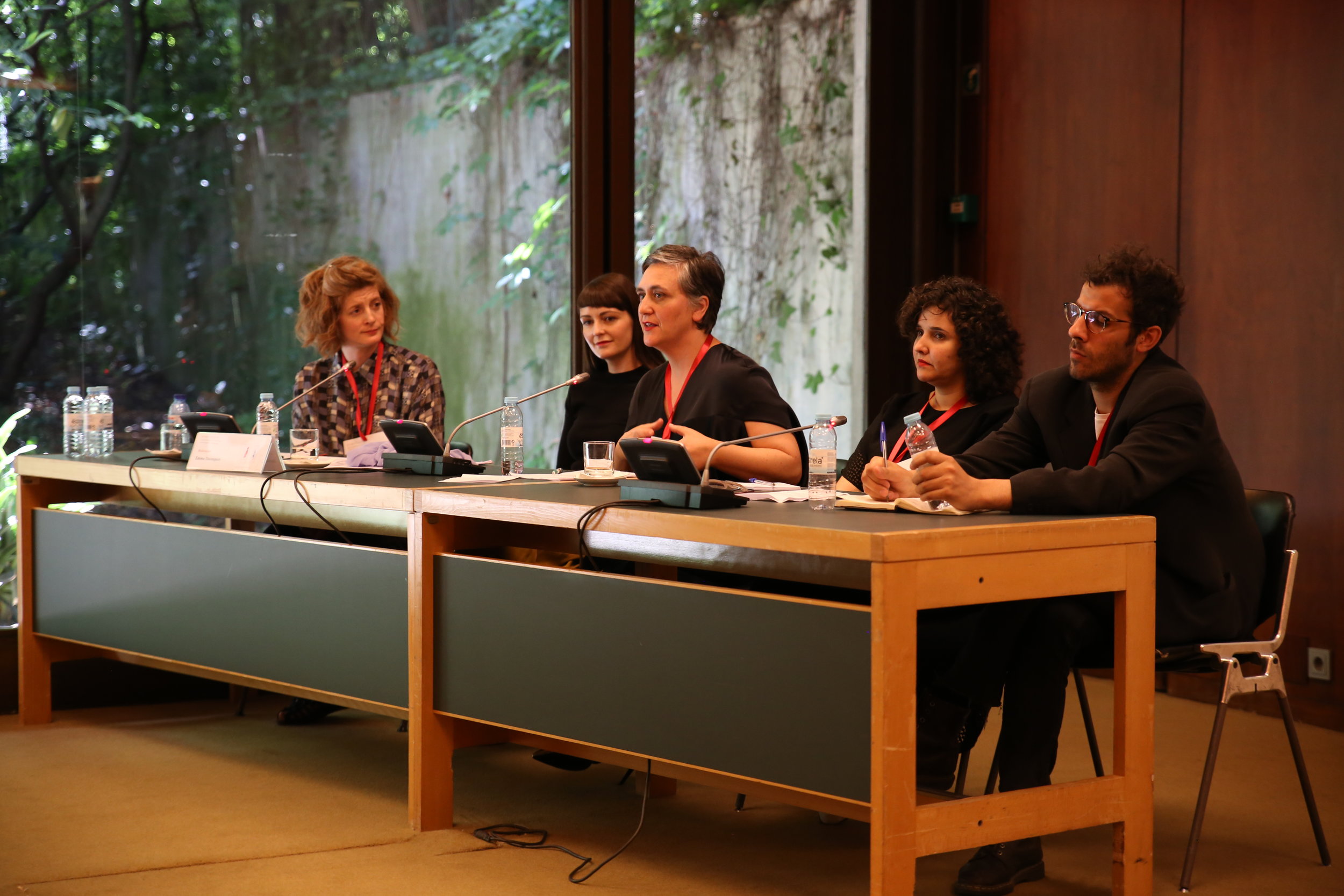Title Fashion in the expanded field: situating interdisciplinary fashion practices in the museum in the 21st century
Abstract This paper focuses on mapping the strategies that have led to the development of critical fashion practices in an expanded field of fashion in the 21st Century. In the late 20th and early 21st centuries, the field of fashion studies has increasingly scrutinized the relationship between fine art and fashion within an art museum context. A lot has been written on the relation between fashion and art (Hollander, 1975, 1993; Bradley et al. 1998, Wilcox, 2001; Arts et al., 2009; Geczy and Karaminas, 2012), but currently there exists a potentially new opening up of the fashion practice alongside an expansion of what counts as fashion design. Drawing a parallel with Rosalind Krauss’ notion of sculpture in the expanded field (Krauss, 1979), this paper documents the development of interdisciplinary fashion practices since the early 1990s, suggesting that an expanded field allows fashion practitioners to engage in a critical discussion of the fashion system. This notion is tested by developing parallels between contemporary fashion and Krauss' 1979 diagnosis. Anne-Sophie Berger, Ruby Hoette, Elisa Van Joolen, Lucia Cuba, Bart Hess and Lucy McRae are part of a new generation of fashion practitioners whose output makes them difficult to label as fashion designers. Their works are somehow related to traditional fashion practices, and they seem to possess the inherent criticality of their predecessors such as Martin Margiela, Hussein Chalayan, Viktor & Rolf or Bless, but they have taken things slightly further by somehow escaping the market-centred fashion framework and focusing beyond marketability, prioritising concepts and experimentation over the final product. Most literature connecting fashion and art focuses on defining this relationship. Some authors (Geczy and Karaminas, 2012) discuss the evolution of fashion image-makers throughout the 20th century as having moved from depicting perfection and elegance to articulating fashion’s ephemerality via digital media formats. This paper argues for the relevance of establishing theories of interdisciplinary fashion practices in order to challenge assumptions about fashion’s role in the twenty-first century.
Keywords: critical fashion practices, fashion in the expanded field, interdisciplinary fashion practices, fashion film, practice-based research
A brief selected bibliography
Geczy, Adam, and Vicki Karaminas, eds. Fashion and Art. London: Berg, 2012.
Krauss, Rosalind. “Sculpture in the Expanded Field.” October 8 (1979): 31–44. doi:10.2307/778224.London: MIT Press, 1985.
Leerberg, Malene. “Design in the Expanded Field: rethinking contemporary Design.” Nordes 0, no. 3 (June 21, 2009). http://www.nordes.org/opj/index.php/n13/article/view/52.
Rocamora, Agnès, and Anneke Smelik, eds. Thinking through Fashion: A Guide to Key Theorists. Dress Cultures. London, England: I.B. Tauris, 2016.
Teunissen, José. “Fashion: More than cloth and form.” In The Handbook of Fashion Studies. A&C Black, London, England: Bloomsbury 2013.

